Looking at getting into studio flash? We explain what it is and ask pro photographers how they use it
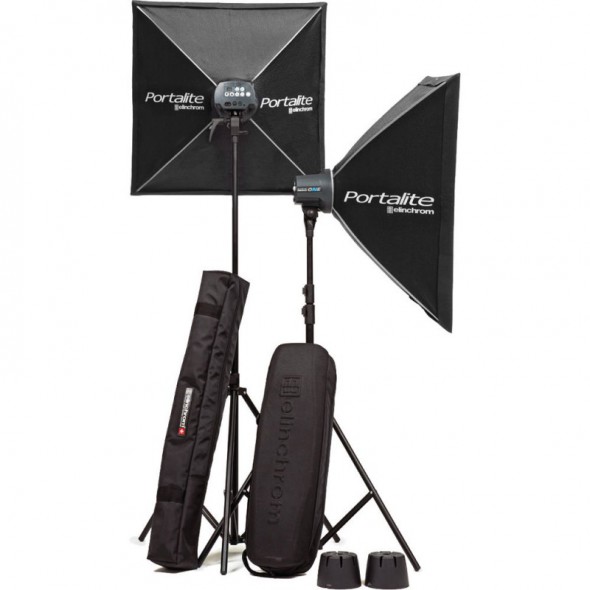
Studio flash used to be the preserve of the professional photographer, but today you can buy a complete studio kit for less money than a single flashgun.
This article will briefly look at what studio flash is before two professional photographers explain how they use it.
What is it?
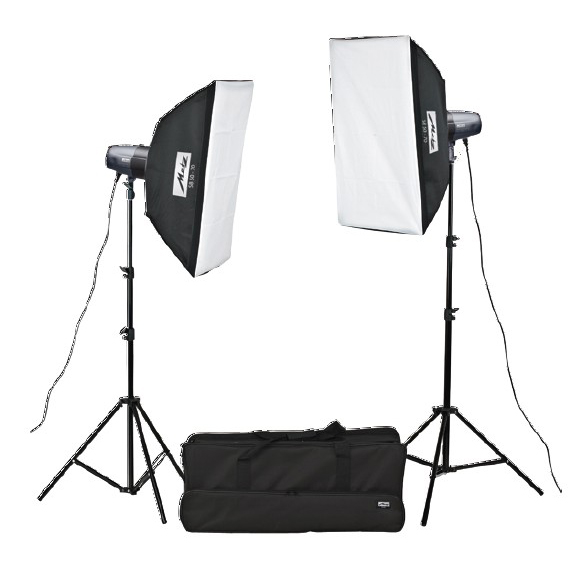
Most kits comprise two lights and modifiers such as softboxes
Studio flash commonly refers to one or more floor-standing lights that are typically used to illuminate a subject in a studio environment.
These will work with the camera so that the light(s) will flash only when required to do so. This is in contrast to continuous lights that are on the whole time.
That doesn’t require you to shoot without knowing how it’s going to look, however, as modelling lamps built into the heads allow you to check what kind of effect this light will have as you’re composing your images.
The benefits
Studio flash has a number of benefits over other lighting choices such as flashguns, although it’s perhaps most prized for the control it can offer.
You can set up a number of lighting sources, regulate how much light each outputs, modify them in various ways and position them where you need to give you the exact effect you’re looking to create.
There’s no one set composition of a studio-lighting kit as it all depends on what it is you want to achieve. At a basic level, however, it will comprise two flash heads and two stands on which to mount them, as well as a softbox attachment and/or an umbrella (or one of each).
You should also have one or more cases in which to transport all of this, as well as the cables you need to connect everything.
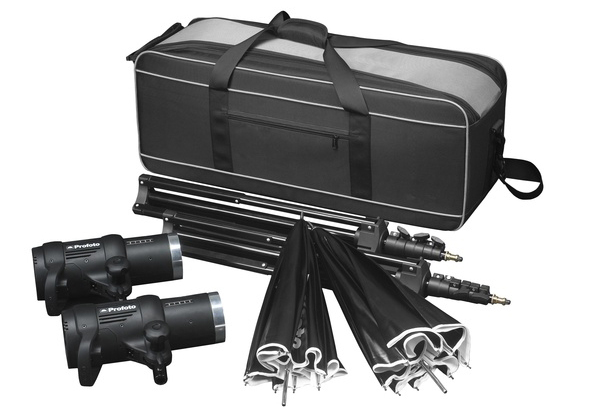
Studio lighting kits typically come with lighting modifiers such as umbrellas, as well as stands and a case
Some systems will have all the electronics built into each flash head – this is known as a monolight. You simply plug each into a socket and you’re ready to go.
By contrast, portable systems with their own battery power supply allow you to take your studio flash outside or on location.
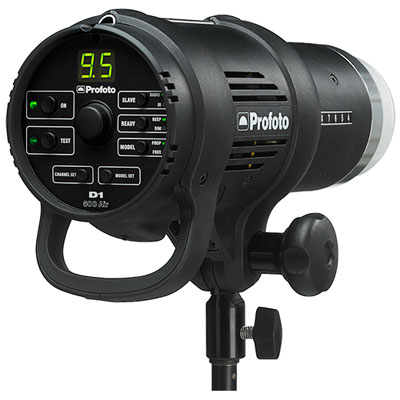
An example of a monolight
Pro photographer Hannah Couzens tells us how she uses studio flash for her portraiture
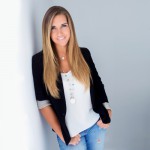
Why do you use studio lighting?
Studio lighting gives me ultimate control. If I want to create a certain look I know that I will be able to achieve this in the studio using various modifiers, without having to worry about direction or quality of light.
What encouraged you to start using studio lighting?
I remember being fascinated to learn how you can sculpt a face with light and shadow. I remember using studio lights at college and finding that I could make a fellow student look like a different character simply by adjusting the light. I loved that I could decide what mood to create and achieve this with studio lighting alone.
What specific qualities or advantages does it give you?
The biggest advantage is that I can shoot at any time of day or night; I am not restricted by the weather or daylight hours. I love having the flexibility to shoot when it’s convenient for my clients. I never need to worry about having enough power and it’s always consistent.
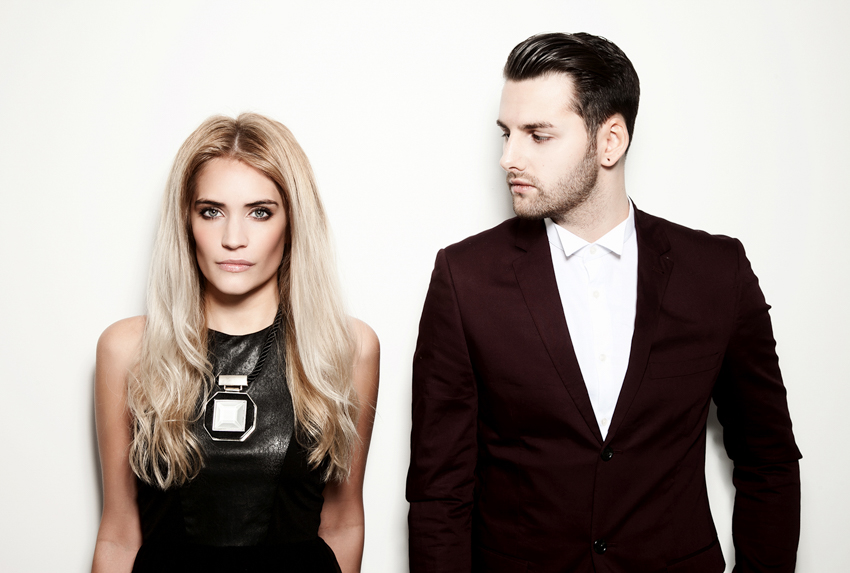
Image by Hannah Couzens
Describe your preferred studio lighting setup
My go-to studio-lighting setup would be butterfly lighting. Typically this would be a beauty dish or softbox overhead with some fill light bounced back from a reflector. This is very flattering for almost everybody and can be achieved with very little equipment.
For more dramatic shots you can lose the reflector to create more shadow. You could also add more lights to the background or highlights, but if you don’t have much kit, butterfly lighting will hit the spot every time.
What tip or piece of lighting kit would you recommend for someone getting started?
My first tip would be to understand quality of light – so, hard vs soft. Once you understand how each of these styles of light will affect your images, you will know what to use for your subjects.
I would suggest starting out by using soft light as you’re learning, as the results will be more flattering. I would also recommend a head with a modelling light so you can see where your light is falling, together with a softbox and a five-in-one reflector, or Lastolite TriFlector (below), if you are just getting started.
You can see more of Hannah’s work on her website
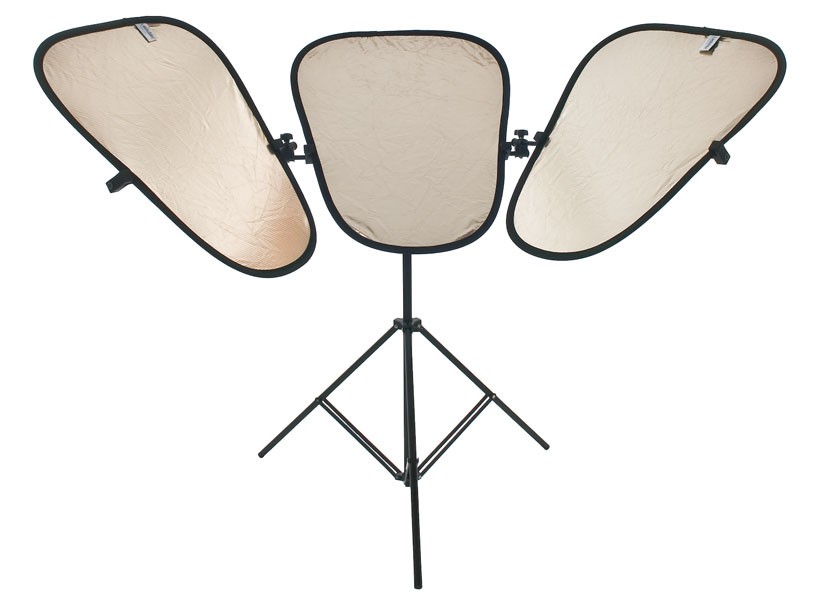
Lastolite TriFlector
Portrait and lifestyle photographer Simon R. Leach explains why he takes his studio out on location
Why do you use portable flash?
I tend to consider natural light best for many images, but it has elements which I find restrictive. Despite advances in camera technology, there are times when I need to use [artificial] light to help the camera see what my eyes will adjust to naturally.
There are also those days when the natural light lets you down. Having the ability to build my studio set within a location environment is central to the creation of my images.
What encouraged you to start using portable flash?
I have always tried to take lighting on location, so really it has been a question of the technology catching up with my process and making my transportation easier. It’s about being able to take control in a situation in which you do not naturally have it.
What specific qualities or advantages does it give you?
The consistency and control mean that I am creating the image as I want it; I am not limited to recording what the camera can manage. After many years it is the creativity and pursuit of personal style that keep me interested and pushing further.
Describe your preferred portable flash lighting setup
Big and powerful! 500j and 1000j units through built-in or external batteries. I want the option of lighting with the precision and technicality of still-life shooting on a lifestyle location. I also want quality of light, although in saying all of the above, I still want it to look realistic and natural.
What tip or piece of lighting kit would you recommend for someone who is just getting started?
The piece of lighting kit I would recommend is a small brolly.
Hated by many, hugely underrated, easy to pack and transport and my get-out-of-jail piece. When things have gone wrong I have lit major shots with just one flash head with a brolly.

Brolly
The other two are perhaps not considered lighting kit but I carry both.
First, an empty sandbag – you can stick anything in them and you need some way to protect your lights from blowing over when shooting outside.
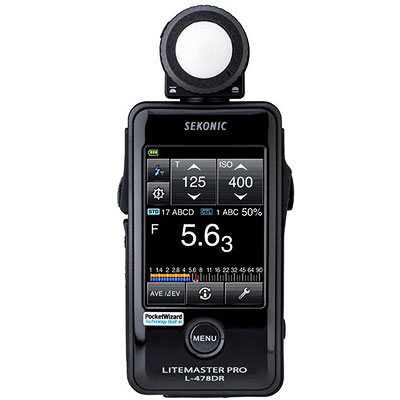
Light meter
The second is a light meter; you can light creatively by looking at a camera screen but it’s ten times harder on location.
You can see more of Simon’s work on his website

